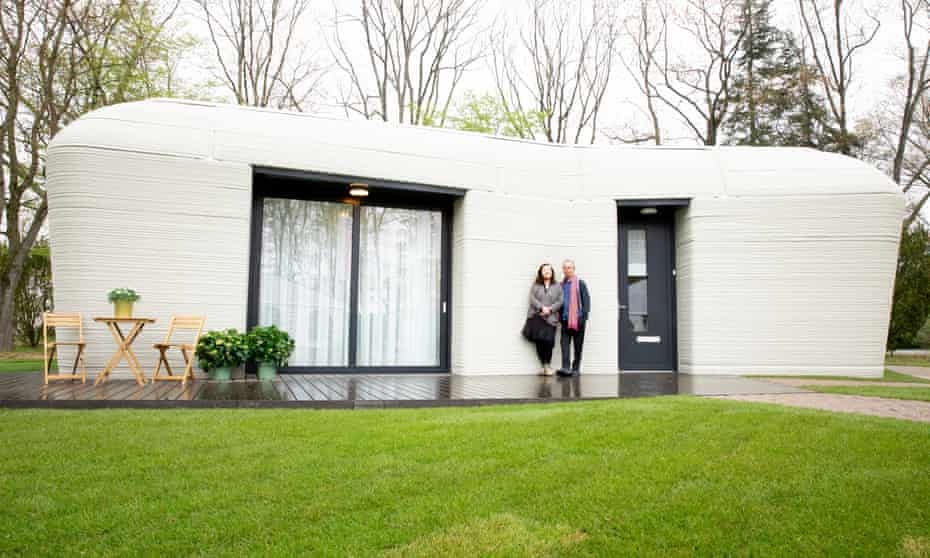Over several decades, homelessness has been an ongoing problem for most countries and some more than others. Take Manila in the Philippines for example, the city with the highest rate of homeless people worldwide. Manila has a population of around 20 million, and approximately 3 million of them are classed as homeless.
On the flip side, according to OECD, Japan has the lowest rate with around 0.004% or under 5000, classified as homeless. Despite this is being a meager figure for a nation with over 120 million people, non-for-profit organizations claim its failure to incorporate those who live in Internet cafes and fast-food restaurants.
Here are some interesting figures around homelessness;
** Finland has a homeless population 20 times less than France.
**Nigeria has the highest homeless population of over 24 million people.
** California is the largest economy in the US but accounts for 24% of the US total homeless population at over 160,000.
Types of Homelessness
One of the issues with homelessness lies in the very definition itself. Some countries calculate this as anyone sleeping rough. Others as those without a fixed address, suitable living conditions, or a combination of all the above. An example we tend to see on commutes or walking around city centres are rough sleepers.
There are four types of homelessness:
1) Chronic Homelessness — Tends to be those who have been homeless for over a year and fall into the older age bracket. Often, something holds this category of people back, from breaking the cycle, typically through mental illness, disability, or an addiction.
2) Episodic Homelessness — Those who fall into homelessness multiple times within a year due to health issues and addiction. Younger people are usually victims of this kind of homelessness.
3) Transitional Homelessness — Are those who fall into homelessness due to a sudden drastic event, like losing their job or a significant life change.
4) Hidden Homelessness — Which often goes unreported, are those who don’t sleep under bridges but instead couch surf, sleep in restaurants and cafe’s and at friends’ houses.
The US National Law Center mentions the top causes as unaffordable housing, unemployment, poverty, and mental illness. Various articles and studies show it is cheaper to house homeless people than leave them on the street. If this is the case then why do governments choose not to act upon it?
Personal Interactions
From as young as I can remember, one of the things I have been most passionate about is helping people in need. On my Youtube channel, I have posted videos of helping people both in the UK and overseas.
A recent encounter I had was in East London last week, with a homeless man probably in his early 40’s sitting in front of a train station. Whilst following the crowd towards the exit who walked past, I stopped for a split second and felt the urge to give him the change I had that I would have used on drink or something. His face lit up as he said, “thanks.” A few minutes later, I decided to get him something to eat also, so I ordered food from a local chicken shop (bossman as we Londoners say) and walked back to hand it to him.
Immediately he recognized me and smiled again, and we had a brief conversation about the day and the book he had lying on his left-hand side. Finally, after the interaction, he thanked me again, and I accepted the gratitude and carried on with my day.
Possible Solutions
“Can we finally end homelessness and produce affordable housing?”
Examining Finland, which is the only country in the EU with a decreasing homeless population. There is something to learn from how they have gone about achieving this. An example is their “housing first programme,” which does what it says on the tin, provides housing first to people. Rather than countries that force people to somehow uplift themselves from poverty and illness, they can be allegeable for housing.

Certain startups are using our recycled plastic to produce affordable houses such as Ecodom and Othalo as low as $300 per home.
Also, there are charity foundations like The Homeless world cup that help lift people out of homelessness through football by working with local football communities across the globe. Homelessness is a complicated issue. However, if we tackle the root causes, we can ensure nobody has to ever sleep without a roof over their head.




